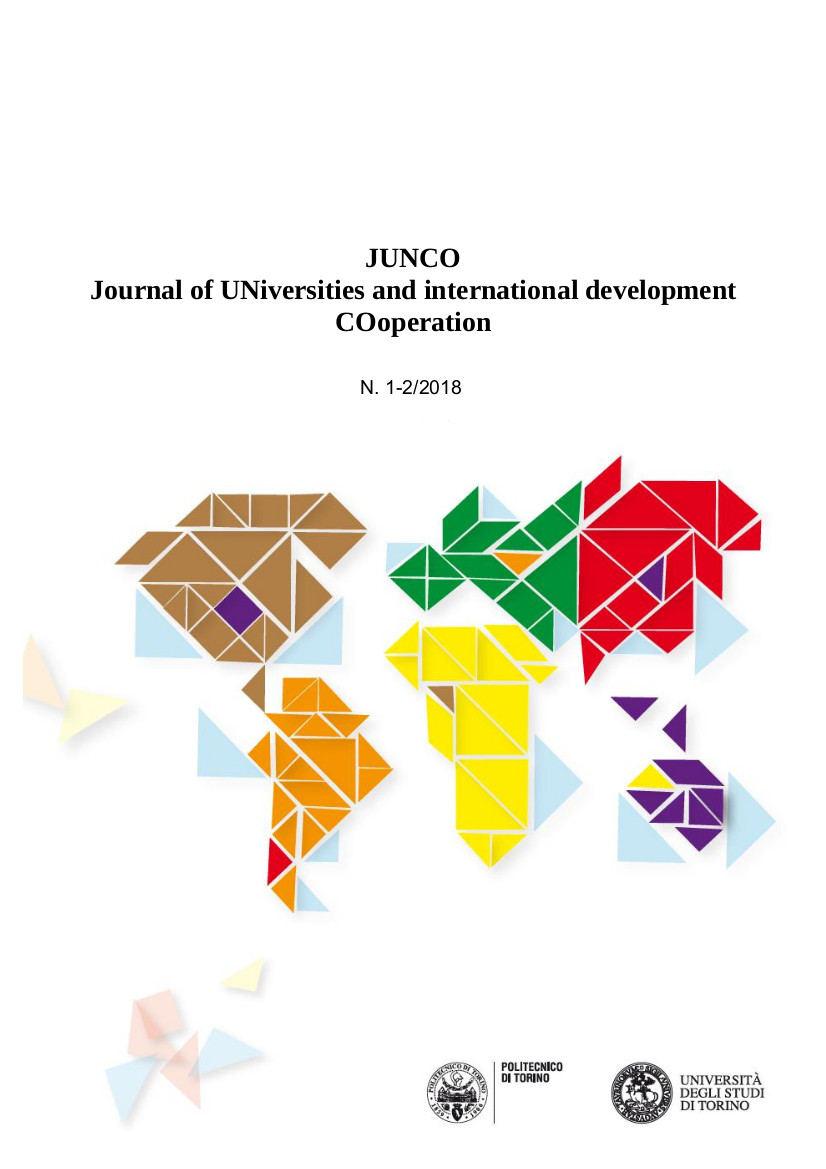Inventory of glaciers and glacial lakes of the central Karakoram National Park (Pakistan) as a contribution to know and manage mountain freshwater resource.
Abstract
In this study, we reported valuable information on the cryosphere of the Central Karakoram National Park (CKNP, the largest protected area of Pakistan and the highest park all over the world). In fact, in addition to the glacier inventory, we also estimated the glacier volume and we modeled the amount of meltwater derived from glacier ice ablation during a 18-day summer period (23 July–9 August 2011, time window where also field melt measurements were performed thus enabling a crosscheck of the obtained results). Moreover, glacial lakes were considered as well; for these latter glacier features we also analyzed their potentially dangerous conditions. All these information are given considering the CKNP as a whole and in detail by dividing it into five basins (i.e. Shigar, Hunza, Shyok, Upper Indus and Gilgit). As regards the CKNP as a whole, 608 glaciers are found with a total area of 3682.1 ± 61.0 km2, ~35% of the CKNP area. Analyzing in detail the five basins included in the CKNP area, they reflect the overall conditions regarding glacier distribution per size class, terminus elevation, length, and thickness. The widest basin (for number of ice bodies, glacier extent and ice volume) is the Shigar basin, where the largest glaciers are present (among which Baltoro Glacier), and the smallest one is the Gilgit basin. Finally, the highest number of debris-covered glaciers is located in the Shyok basin (62 glaciers). During 18 days in summer 2011, we quantified a total water magnitude of 1.54 km3 derived from ice melting. Even if we considered a relatively short period, this water volume equals ~11% of the reservoir capacity of the Tarbela Dam. In addition to glacier information, we provided glacial lake occurrence, as these ephemeral water bodies can develop into actual glacial risk conditions, which makes it important to list them and to survey them over time. The information reported in this study would provide base for future monitoring of glacial lakes and GLOFs and for planning and prioritizing disaster mitigation efforts in the park. In fact, even if the Potentially Dangerous Glacial Lakes (PDGLs) identified in the park territory are only 2, they are located in a high vulnerable and fragile area and the recent history suggests us to survey over time these water bodies to avoid losses of human lives and destructions of villages and communities. Moreover, many other supraglacial lakes identified in the park area could develop into conditions of PDGLs thus suggesting to prosecute the lake monitoring and to develop early strategies for risk mitigations and disaster management.
Pubblicato
2019-09-19
Sezione
SESSIONE 2 - La ricerca come leva per lo sviluppo: approcci ed esperienze


